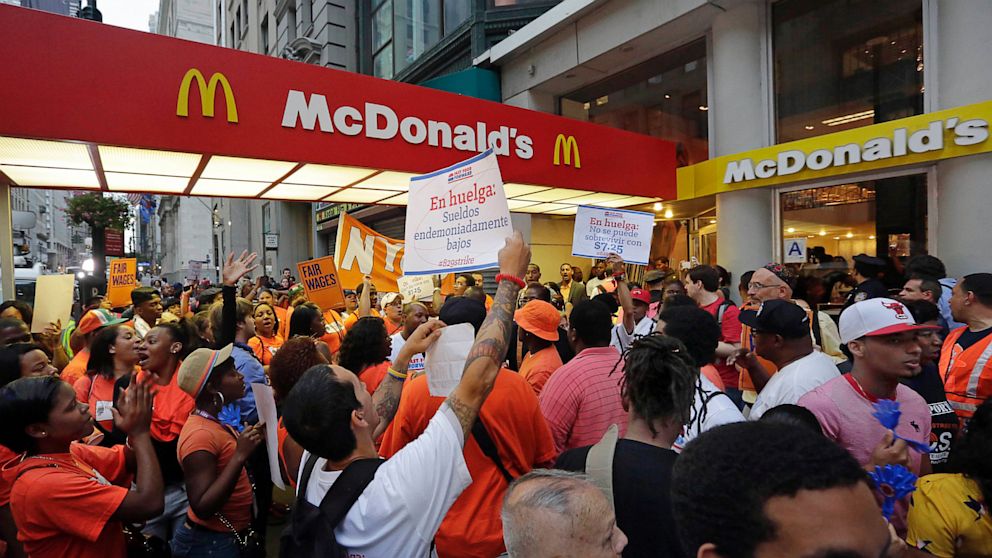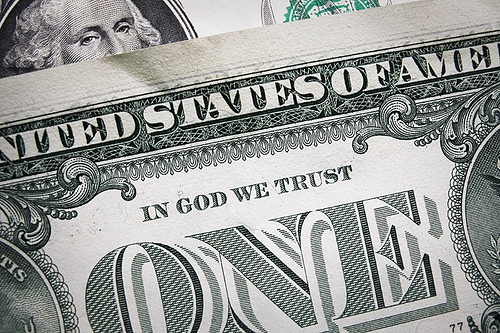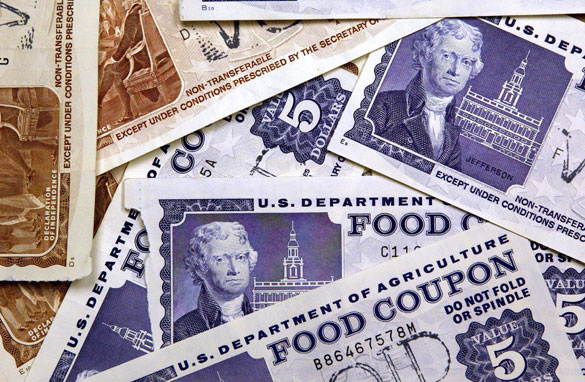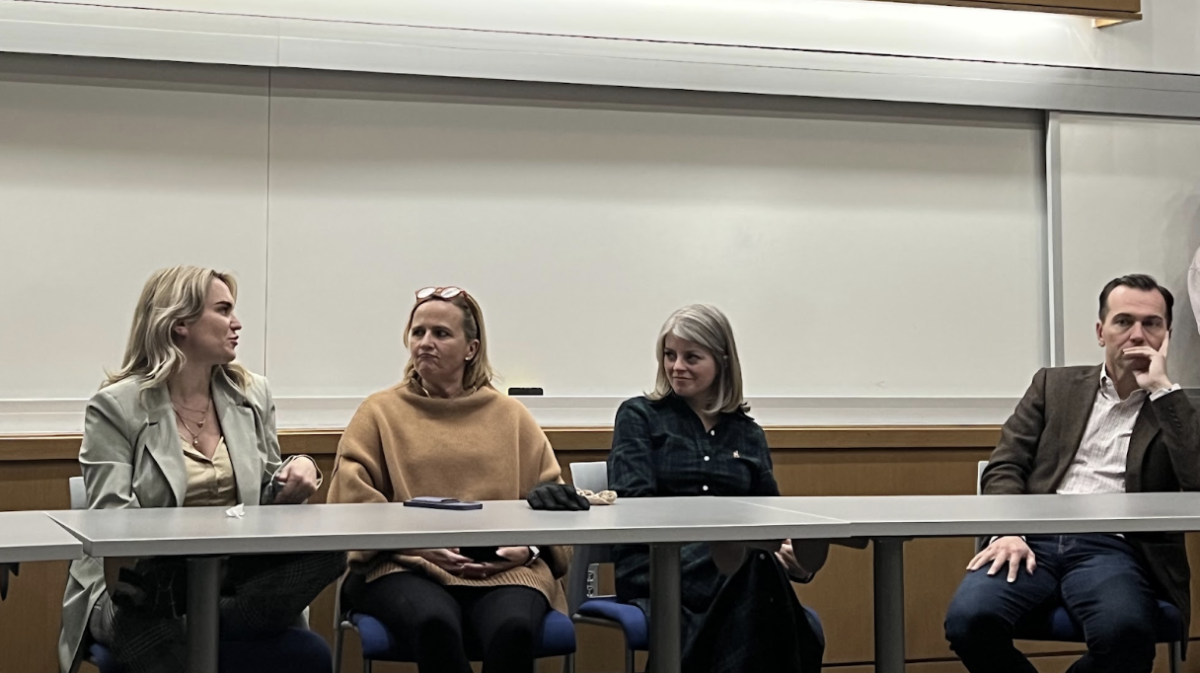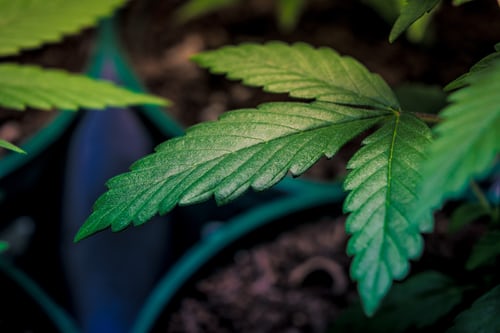There’s been some talk about food stamps in the news. After a Kroger manager allegedly mocked a Georgia woman for using food stamps, there’s been a healthy outpouring of anger. Why?
On first sight, it’s a disturbing social reaction. The woman in question has kidney problems, and spends 12 hours a day in dialysis. Her husband works part time so he can also be a care giver. Jumping to the conclusion that all people using food stamps are lazy is a gross misjudgment.
This is one worrisome incident. However, on a national level, do we have the same kind of knee jerk reaction to food stamps as the Kroger manager?
All the fuss brings us back to some proposed Republican budget policies. Ryan proposed cutting the budget for SNAP (the modern name for the food stamp program) by $134 billion over the next ten years, and replacing it with a block grant problem in 2016.
His plan isn’t feasible without cutting at least 8 million people, or cutting benefits. While cuts are needed in the overall US budget, they don’t seem appropriate here. About 75% of SNAP households are families with children, and more than 25% support senior citizens or people with disabilities. 85% of the households are below the poverty line, and receive 95% of the benefits. Furthermore, about 40% of all households have incomes below half the poverty line. For these people, SNAP benefits keeps food on the table. In fact, in 2010, SNAP kept 4 million Americans above the poverty line. Half of them were children. SNAP also kept 1.3 million children from falling below half the poverty line. Cutting eligibility for 8 million of the poorest Americans seems wrong, especially when the US poverty rate is rising to new heights.
Instead of cutting people from the program, the benefits could be slashed. Right now, benefits are set at 100% of the USDA’s Thrifty Food Plan. The Thrifty Food Plan (TFP) is the organization’s estimate of the minimum amount needed to feed a family nutritionally adequate food. Critics say that the estimate is too low, and the plan is inadequate. Reducing the benefits from 100% to about 86% of the TFP won’t help make up the inadequacy. The percentages seem abstract, but remember: hunger is real. According to a Gallup poll, 1 in 5 Americans reported that at least once in the past year they didn’t have enough money for food.
Either cuts in eligibility or benefits are possible; Ryan didn’t lay out details for his plans. He made his proposal based on claims about the growth of SNAP recipients. His Path to Prosperity (probably a play on Hayek’s Road to Serfdom) says the “program cannot continue to grow at its current rates.”
Ryan needed a little bit of Econ 101. Food stamps are an automatic stabilizer. When the economy enters a recession, incomes go down and more people need food stamps. When the economy recovers, the number of people requiring food stamps will go down. More people will make higher incomes and pay more taxes. This tax revenue can then go into providing welfare in harder times. The Center on Budget and Policy Priorities even graphed it out. Once the economy recovers, SNAP is expected to reduce to pre-recession levels.
Furthermore, SNAP tends to perform well. One study cites food stamps as one of the best stimulus programs. Economist Mark Zandi says that for every dollar spent on SNAP, $1.73 is generated throughout the economy. Other research points to the health impact of food stamps, particularly with their effect on increasing birth weights of newborns of mothers receiving food stamps.
In conclusion, this article isn’t meant to be a partisan attack. We all need to open our eyes to US poverty and its economic effects. SNAP isn’t a program creating Reagan like welfare queens—it’s a safety net for the most vulnerable Americans including millions of children, people with disabilities, and senior citizen. You may not like social programs or the idea of a welfare state, but when the US has the second highest rate of child poverty among the 30 richest countries, we need programs like SNAP.
The economy isn’t perfect. In an ideal country, everyone would have enough to eat without having to redistribute wealth. However, until we reach that point, we have to be mindful of how economic policy affects the poor.
Image credit: http://fitsnews.com/wp-content/uploads/2012/09/food-stamps-record-high.jpg



